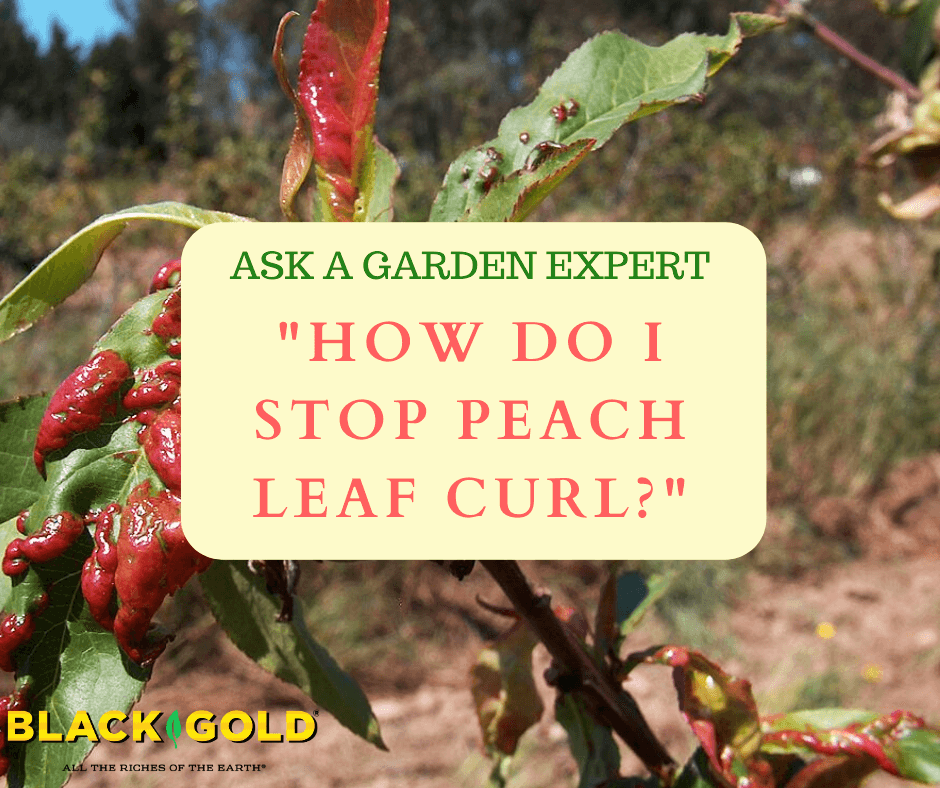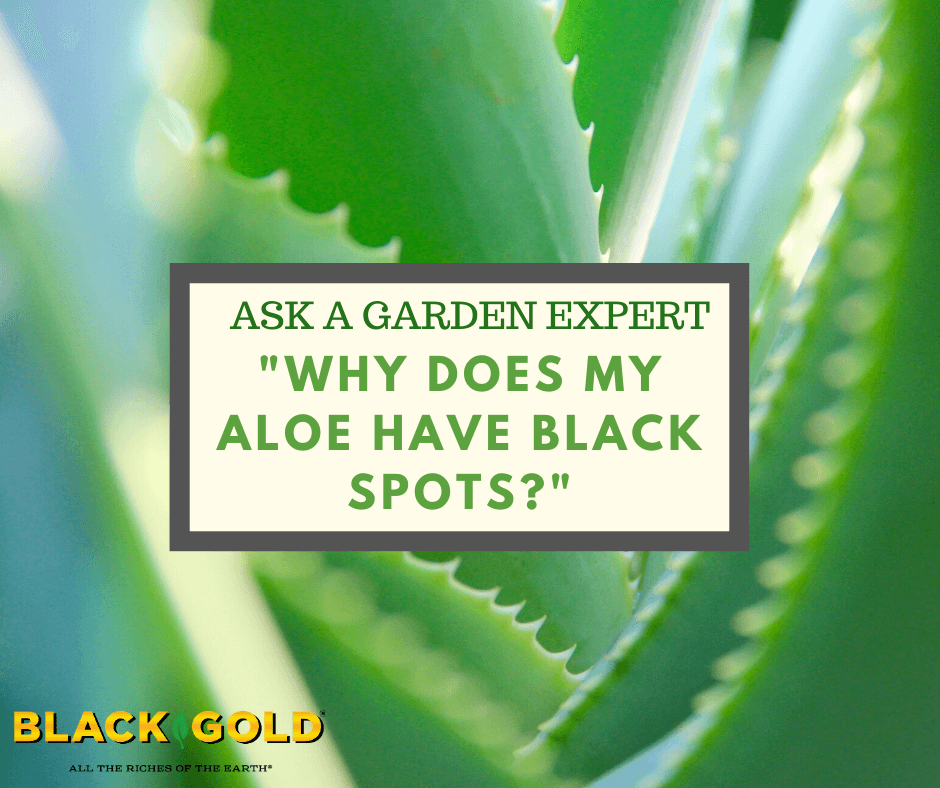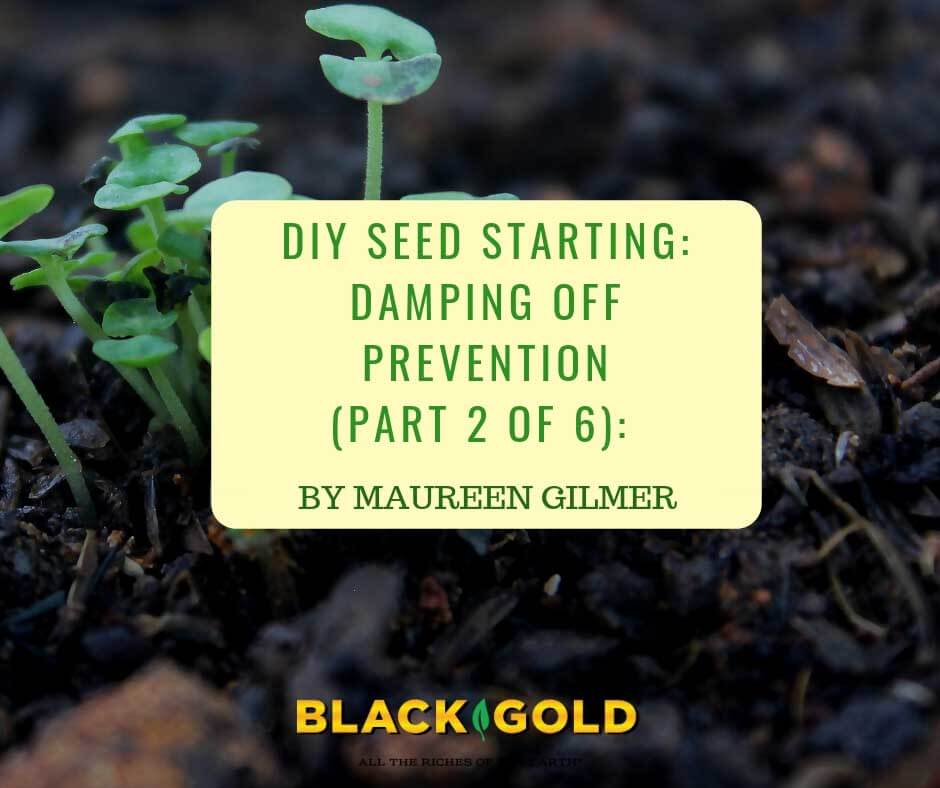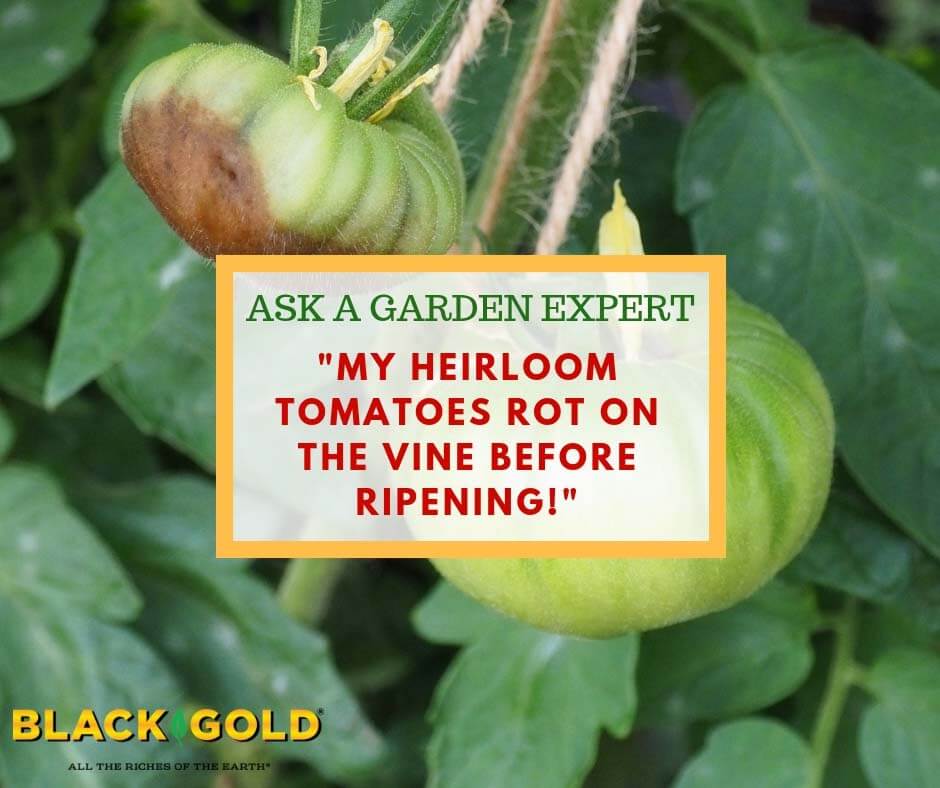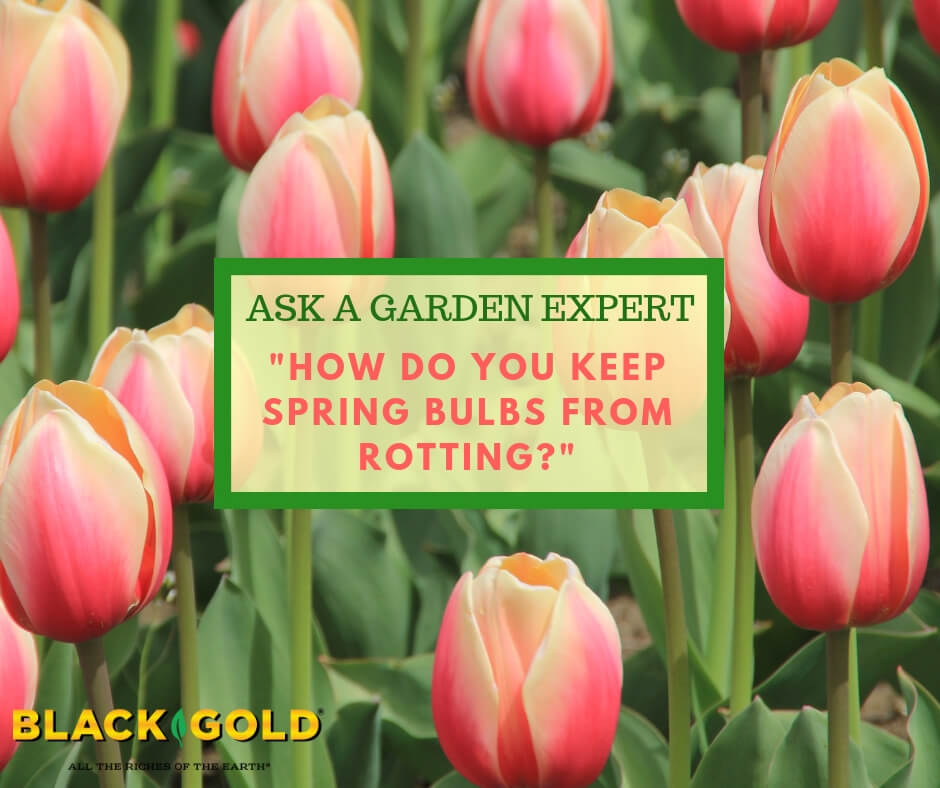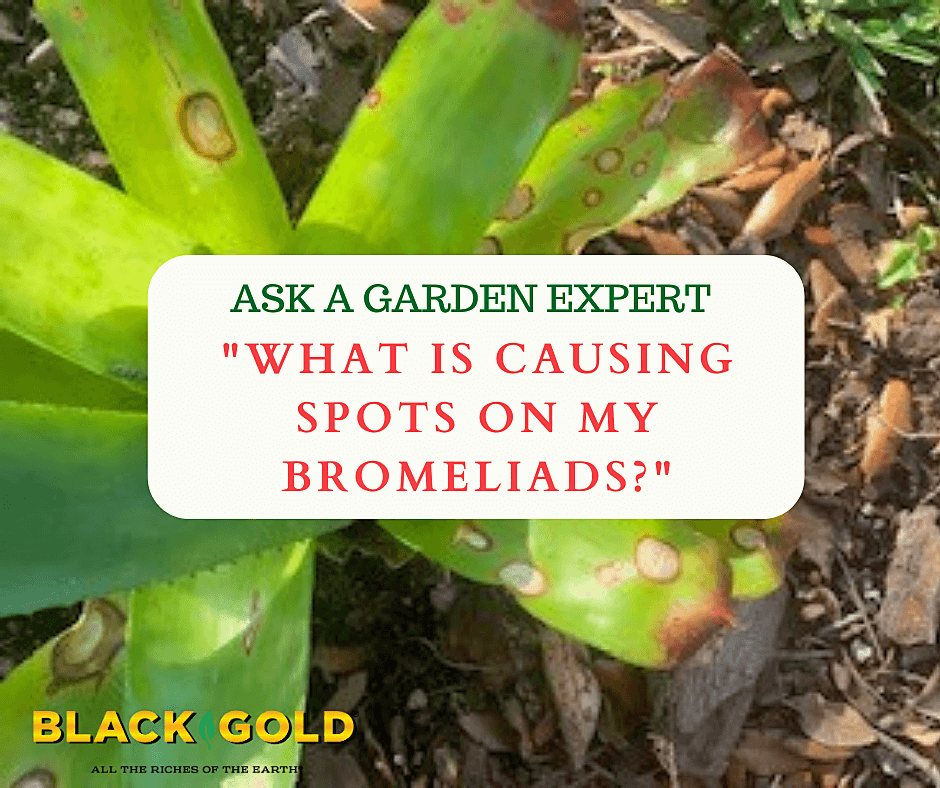
“I have several beautiful outdoor bromeliads that sit well under a large tree. But about two months ago, they started developing white circle spots all over their leaves. Like measles. Not sure if you can help me identify what this is so that I can treat it.” Question from Jorleen Aguiles
Answer: From what I can determine, the fungal leaf spot disease that plagues your bromeliads is Helminthosporium (formerly Exserohilum) leaf spot. It can be managed with reduced watering, cleanup, and fungicide, but without management, the disease can invade the central plant and cause decline and eventually death.
Reduce Watering
Overwatering encourages the disease, so reduce any supplemental water you might give your plants. If it has been an unusually wet season, try to protect the plants from excess rain. Wet foliage encourages the movement and spread of fungal spot diseases. Keeping the leaves dry helps a lot.
Clean Up
Cut off badly damaged and infected leaves with clean, sharp shears. Dip the shears in a sterilizing 10% bleach and water solution between cuts to refrain from spreading the disease further. I also recommend removing the dead leaves below the plants and cleaning up the area, just in case they harbor fungal spores. Pebbles, rock, or pine straw do not encourage fungal growth and would look attractive at the base.
Consider Fungicide
The only fungicides I would recommend for bromeliads are systemic products containing propiconazole. Avoid any copper-based foliar fungicides as these are not good for bromeliads and have even been known to kill them.
I hope that your bromeliads recover!
Happy gardening,
Jessie Keith
Black Gold Horticulturist

